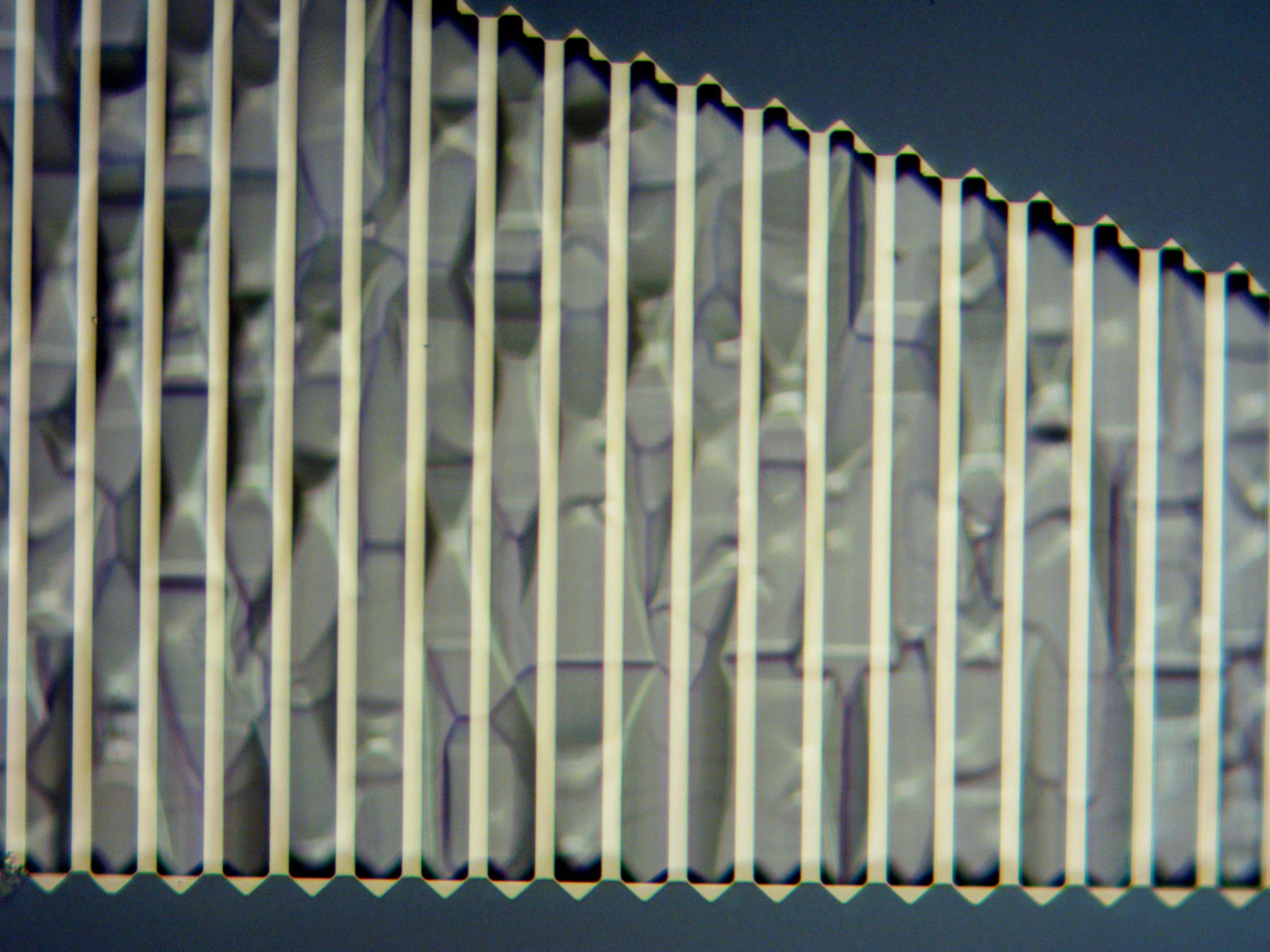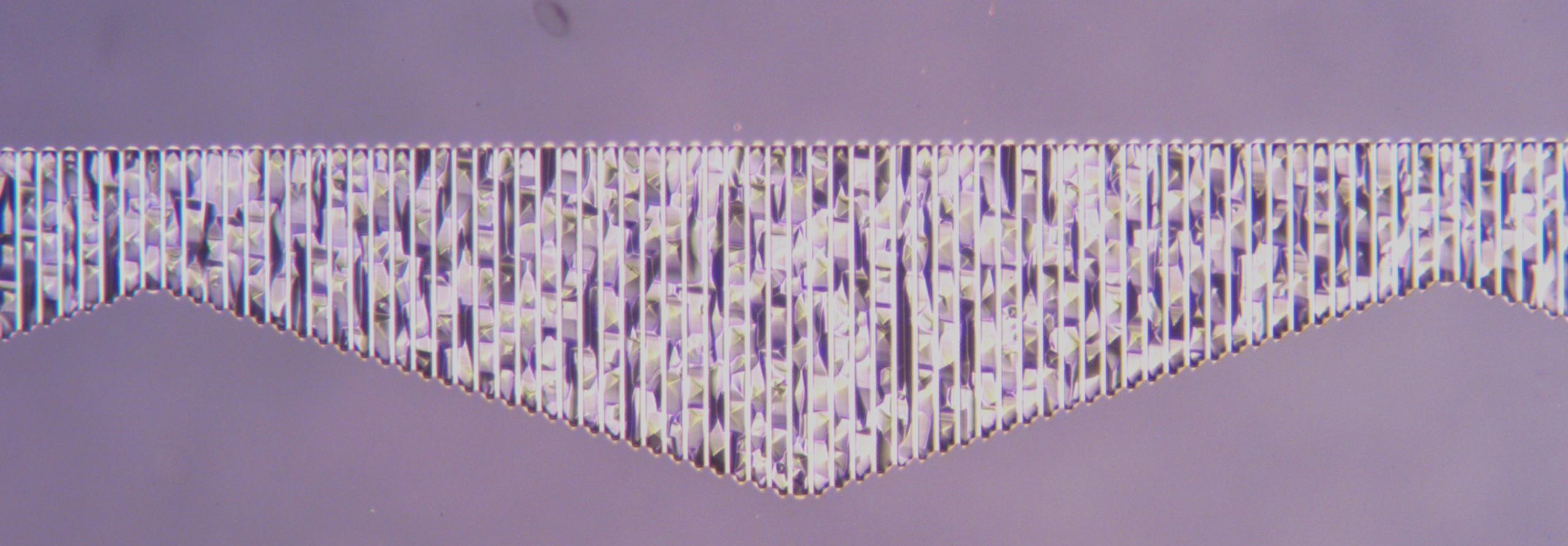Our article “Integration of High-Tc Superconductors with High-Q-Factor Oxide Mechanical Resonators” has been accepted for publication on Advanced Functional Materials."
We realized a micro-mechanical resonator showing both high mechanical Q-factor and superconductivity at 77 K. This result was achieved by integrating a high-Tc superconductor YBa2Cu3O7 (YBCO) with a high Q-factor micro-bridge resonators made of single-crystal LaAlO3 (LAO) thin films. Bare LAO resonators are tensile strained, with a stress of about 350 MPa, and show a mechanical Q-factor above 200k at room temperature. Additionally, they have low surface roughness. A YBCO film was then grown ex-situ by pulse laser deposition on top of the suspended bridges. Final devices show zero resistance below 78 K and mechanical properties similar to those of bare LAO ones. These results open new possibilities towards the development of advanced transducers, such as bolometers or magnetic field detectors, as well as experiments in solid state physics, material science, and quantum opto-mechanics.
For further readings:





 This project has received funding from the European Union’s Horizon 2020 research and innovation programme under grant agreement N.828784.
This project has received funding from the European Union’s Horizon 2020 research and innovation programme under grant agreement N.828784.